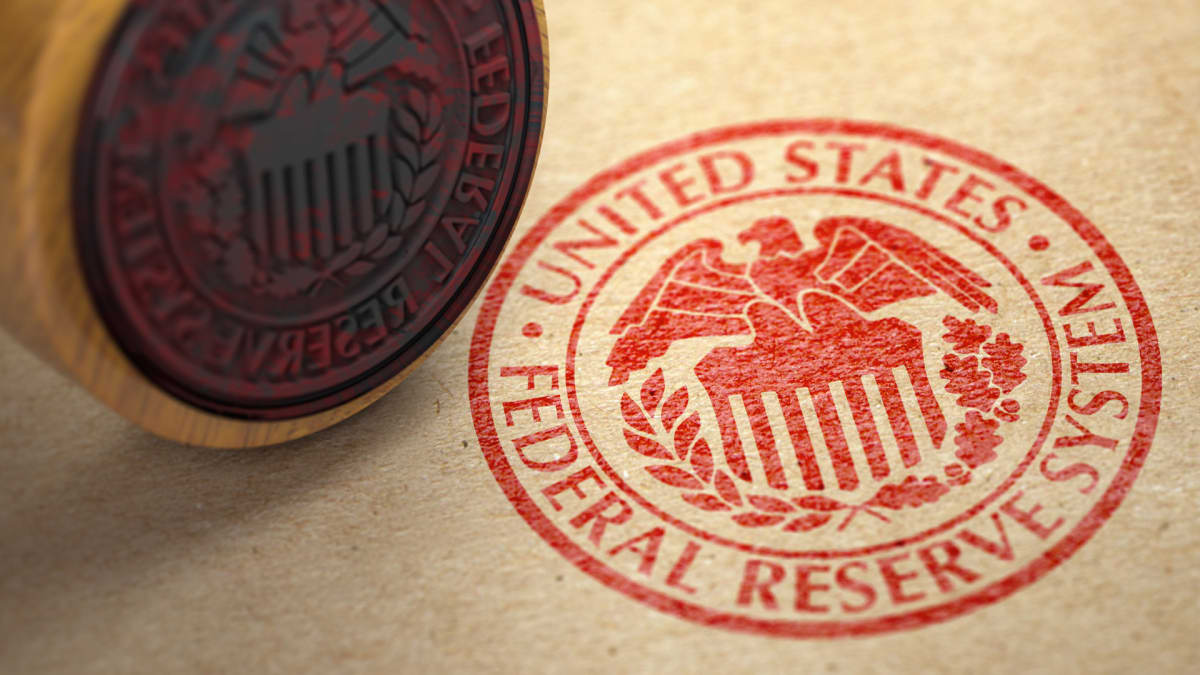
Just a couple weeks ago money-market traders didn’t expect the Federal Reserve to push its benchmark interest rate above 4.75%-5% this year.
Now the expectation is 5%-5.25%.
That may not sound like much of a change, but it could mean a world of difference for the financial markets.
Don't Miss: Bond Markets Don't Care About the Debt Ceiling and Neither Should You
It also means higher rates for your personal loans, such as mortgages, credit-card debt and auto loans. But on the plus side, it means higher interest rates for money-market funds and bonds that you might buy.
In recent months, whenever expectations leaned toward higher rates, stocks and bonds have fallen. And anytime expectations leaned toward lower rates, stocks and bonds have gained.
Strong Economic Data Emerge
A recent spate of economic data have experts anticipating “higher interest rates for longer.” First came news that nonfarm payrolls soared 517,000 in January, with the unemployment rate dropping to a 53-year low of 3.4%.
Then the government reported that consumer prices jumped 0.5% in January from December and 6.4% from a year earlier. And finally, retail sales gained a scorching 3%.
All these numbers point to continued rate hikes by the Fed.
Kenneth Rogoff, a Harvard University professor and former Fed economist, told Bloomberg that the federal funds rate might climb to 6% before the central bank is done.
Hawkish Comments from the Fed
Some Fed officials themselves have sounded the call for substantial rate increases. “We must remain prepared to continue rate increases for a longer period than previously anticipated,” says Dallas Fed President Lorie Logan.
That will be true “if such a path is necessary to respond to changes in the economic outlook or to offset any undesired easing in conditions,” she said.
The stock market is one place conditions have eased. The S&P 500 stock index has gained 7% this year. The bond market rallied in January, but has fallen back this month now that traders envision a tighter Fed than they did before.
“Even after we have enough evidence that we don’t need to raise rates at some future meeting, we’ll need to remain flexible and tighten further if changes in the economic outlook or financial conditions call for it,” Logan said.
Meanwhile, Rogoff and others say the Fed has made a mistake in leaving its inflation target at 2% because it will take massive tightening by the Fed to get it there.
A 3% to 4% target would be more appropriate, many of these critics say.







